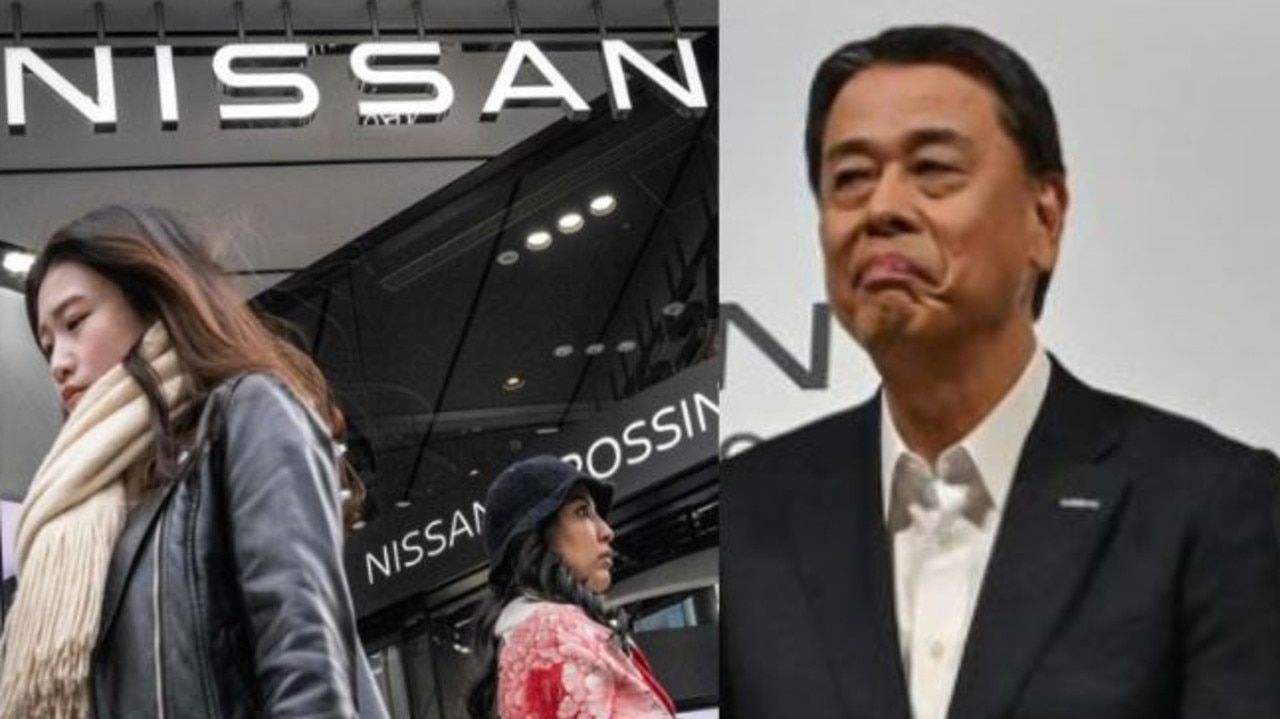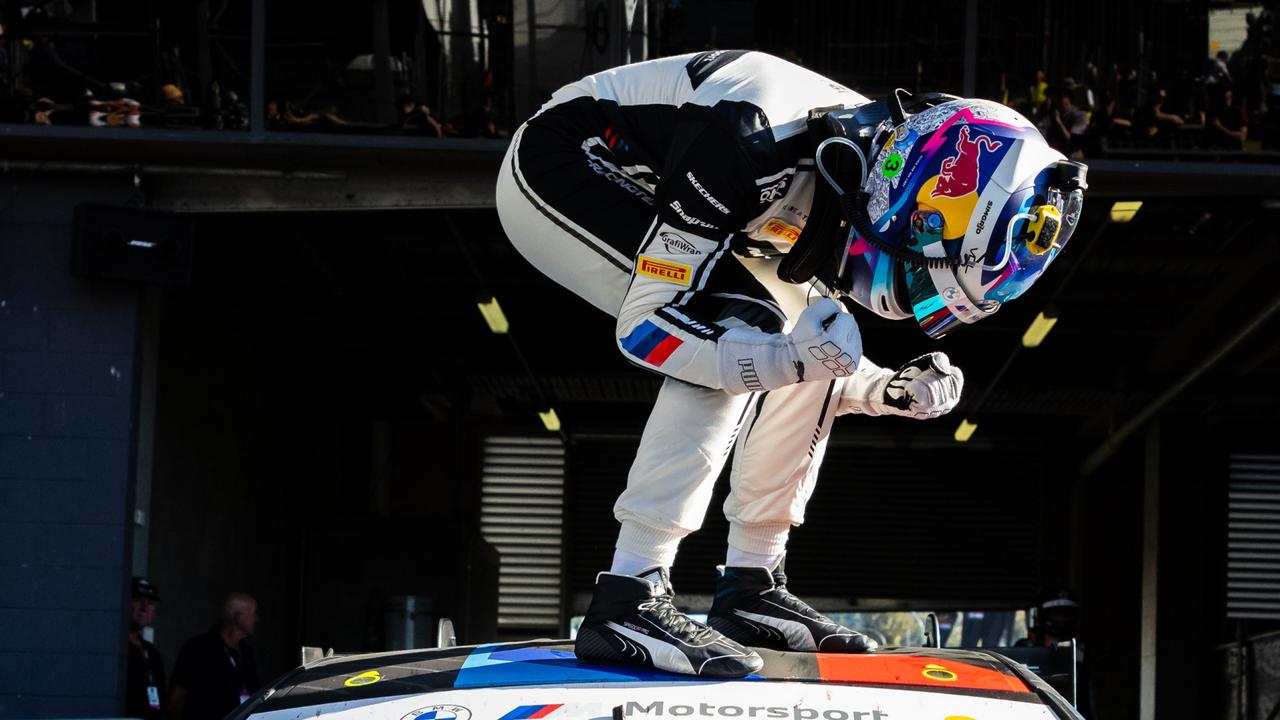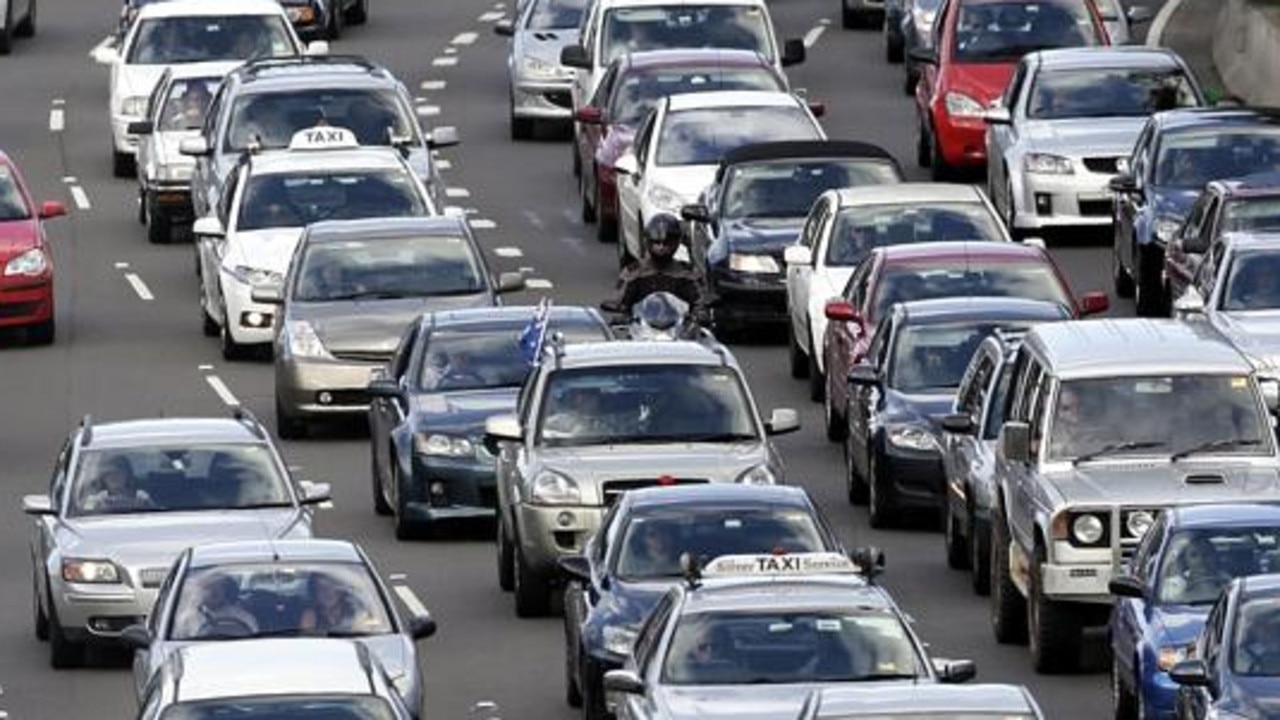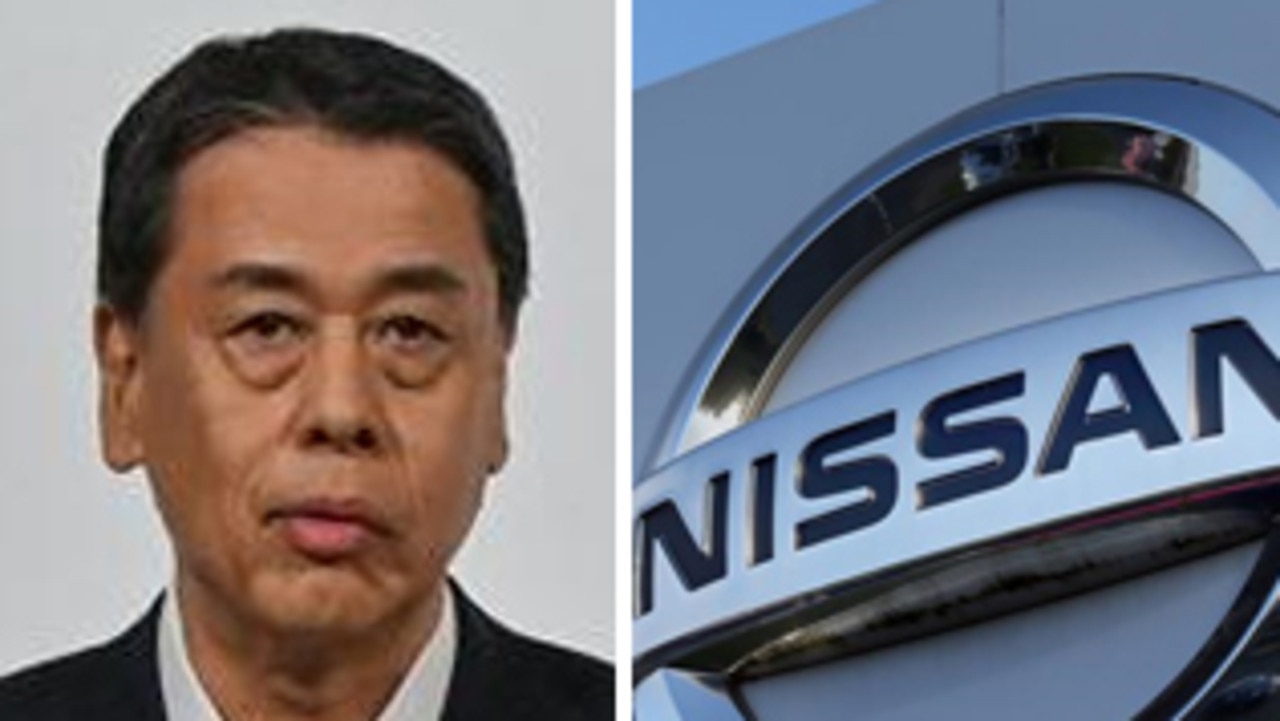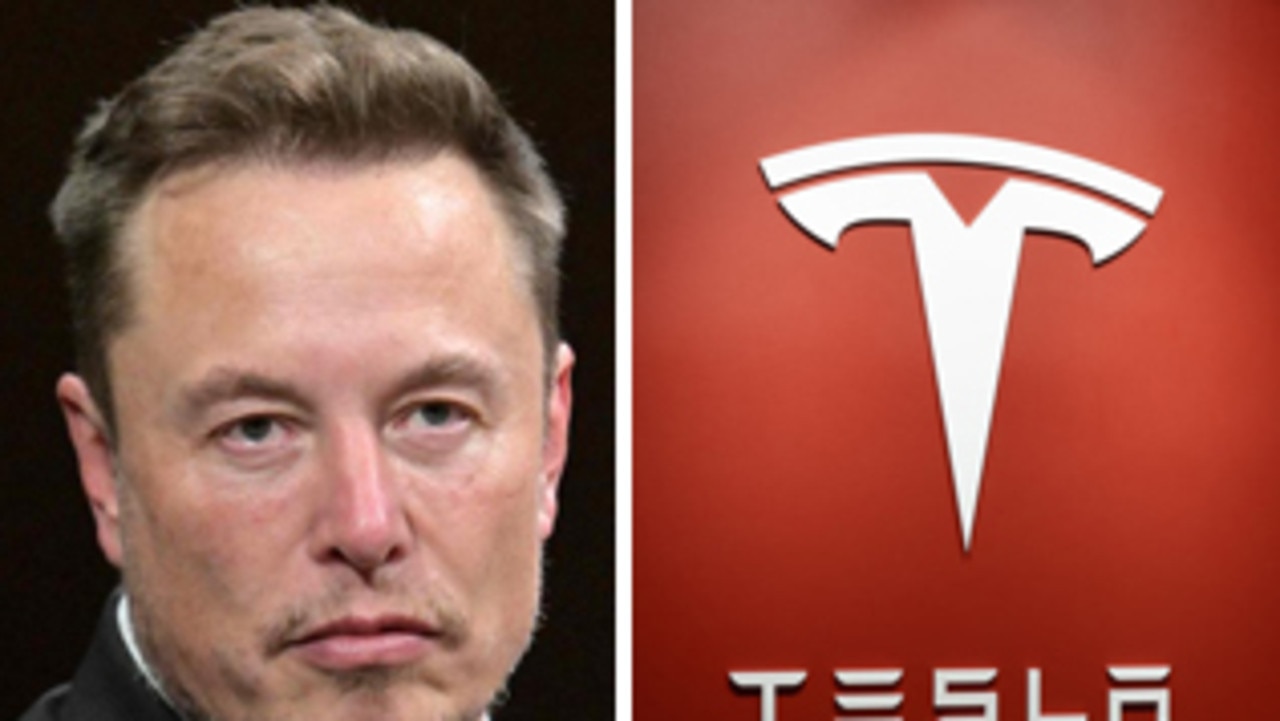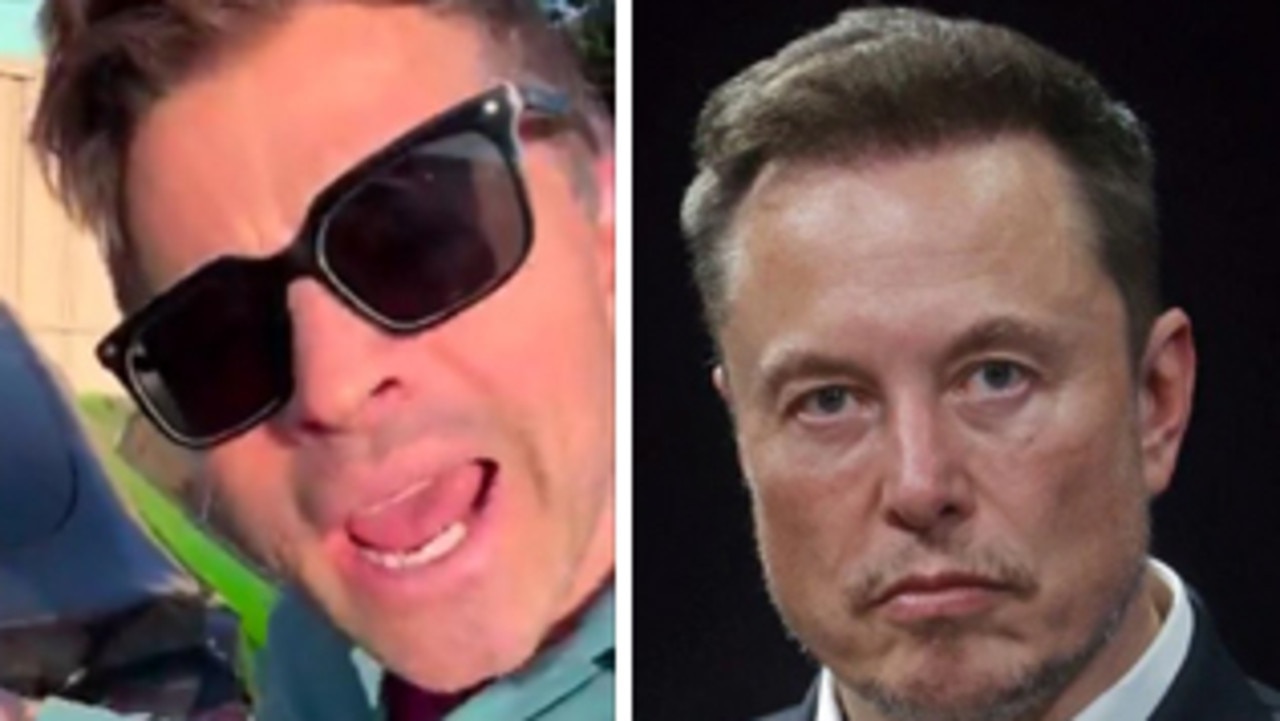‘Turn in his grave’: Ferrari’s shock backflip proves sad Aussie trend is here to stay
We were once a nation of Commodores and Corollas. Now we have Ford Rangers and RAV4s instead. But that’s not all.
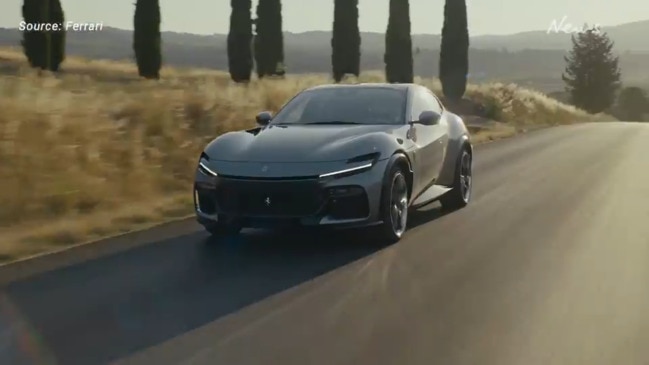
Motoring News
Don't miss out on the headlines from Motoring News. Followed categories will be added to My News.
Bad news from northern Italy. Ferrari is making loads of profit.
In a world where cars are getting bigger and bigger, one brand held out longest. Ferrari spent a long time insisting it would not make a SUV.
“It’s not something we are ever going to look at,” said Ferrari’s design boss in 2015.
“Enzo Ferrari would turn in his grave.”

But the iconic Italian car company doesn’t belong to Enzo Ferrari any more. It is listed on the New York Stock Exchange. The prospect of making and selling the most in-demand kind of car ever became too much to ignore.
So Ferrari developed a SUV. It disgusted the purists when it was introduced in September 2022. (On the Ferrari fan forums you can read page after page of laments about the decision).
Named Purosangue (“thoroughbred”), the car has four seats, a big boot you can put your shopping in, a high driving position and cupholders.
Yep, cupholders.

No longer is Ferrari an outpost of stubborn purity, of ideological insistence on making sports cars. It joined the throng, just as its competitors did.
Lamborghini gave up its purity as a sports car brand and makes the Urus SUV.
Aston Martin sacrificed its integrity and makes the DBX
Bentley gave in to pressure and makes the Bentayga SUV.
Porsche too added significant obesity to its sports car chassis to churn out endless Macans and Cayennes.
These lumpy beasts – aesthetically scarcely distinct from a Kia Sorento or Hyundai Palisade – are huge money-spinners for the companies that make them.
It’s not just luxury brands. General Motors makes a fortune from its full-size SUVs which it describes as “very profitable”.
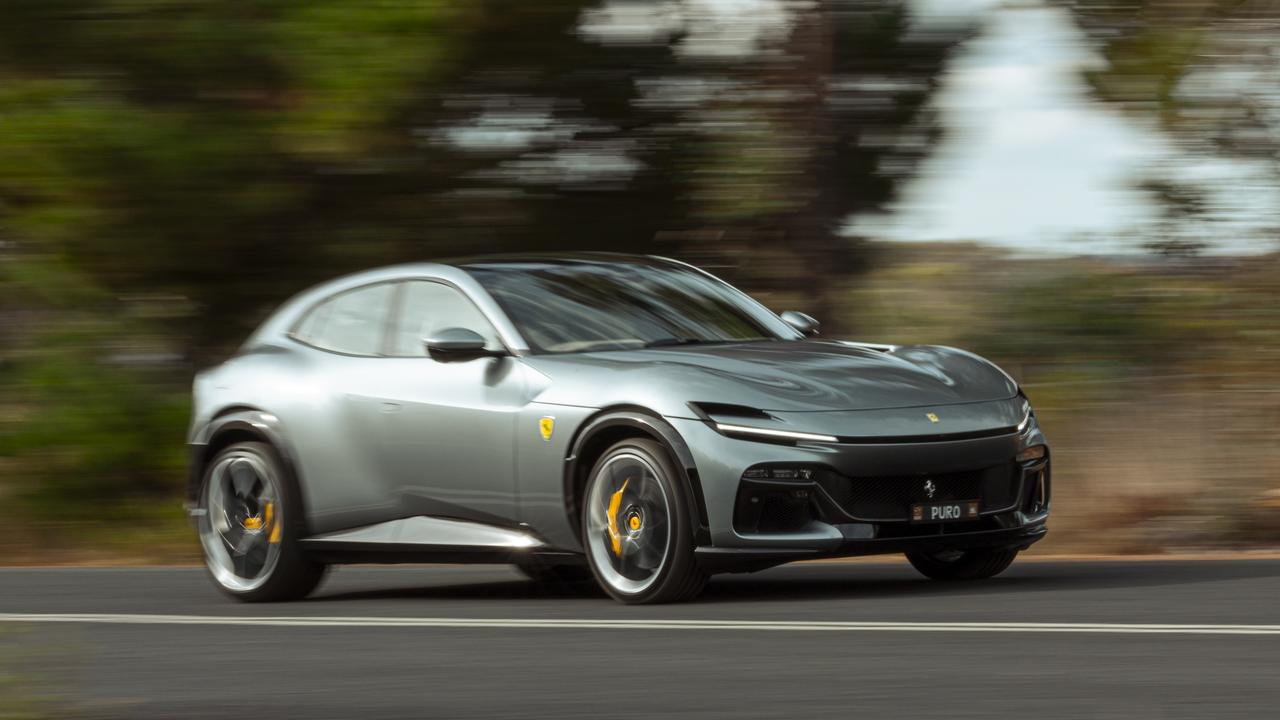
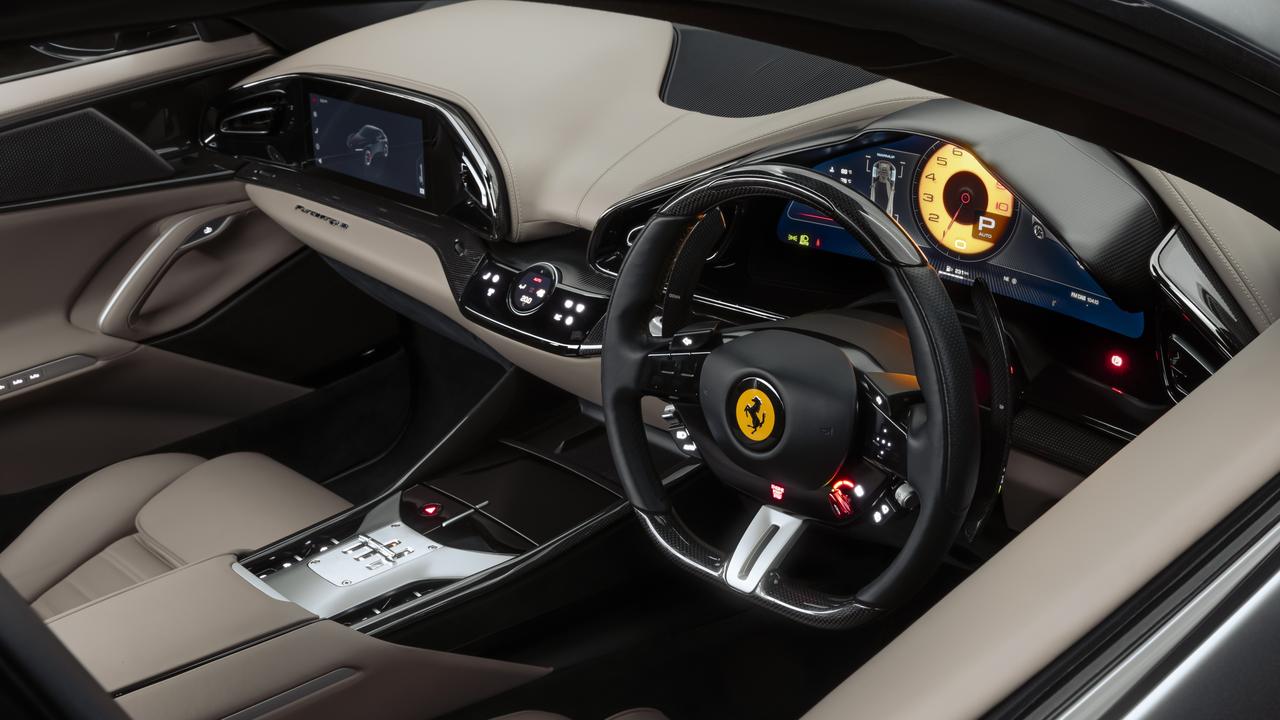
This is why we get the Ferrari Purosangue. The car itself looks like you asked AI to make a Mazda CX-3 with a long pointy nose, although the engine is apparently a piece of engineering genius. (Ferrari insists it’s not a SUV, just a tall, all-wheel-drive car).
A Ferrari SUV costs around $A800,000 to buy in Australia. It is hard to say exactly what the price is because a) long lists of optional extras ensure nobody pays the base price, and b) they’re all sold out anyway. Rumours are the usual drive-away price is around a million dollars; prices are set to rise even more in 2025.
The company boasts that profit has risen to nearly €500 million in 2024 ($A830 million), up a whopping 21 per cent from 2023. And that is due in part to sales of the Purosangue.
The stock price is almost triple what it was before the pandemic, as the next chart shows.
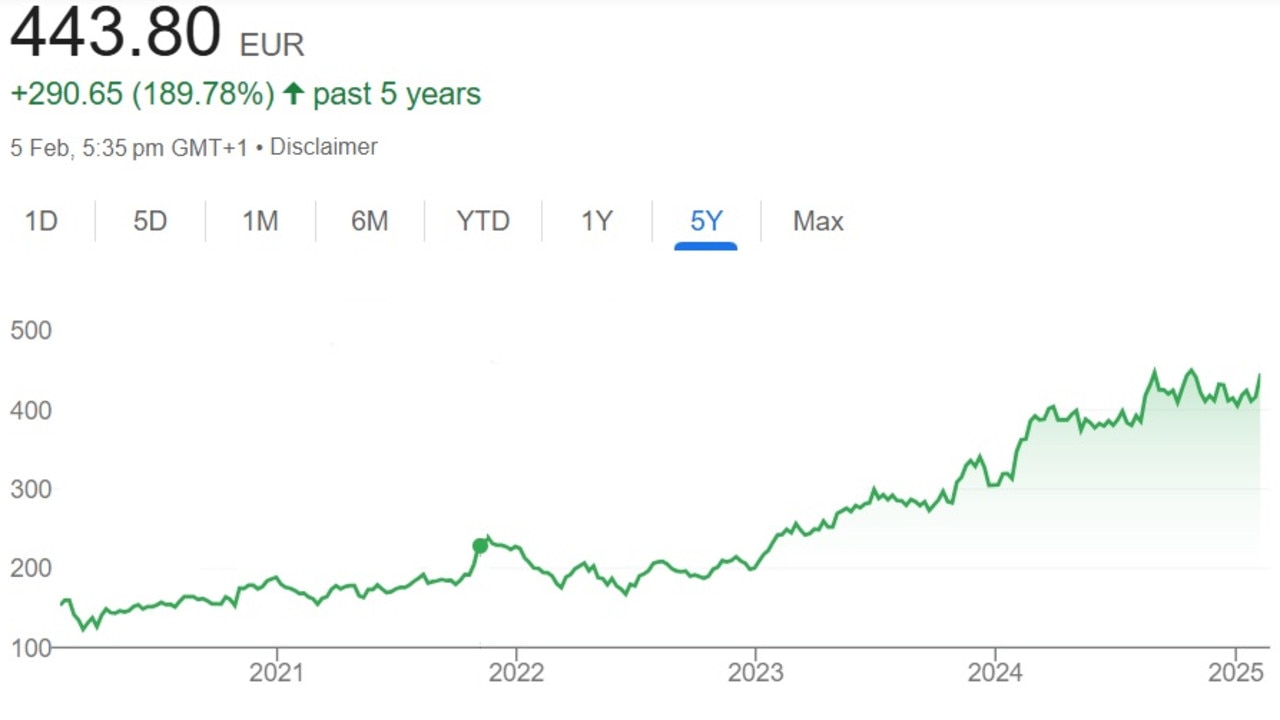
Speaking of things that rise in value, some old Ferraris are now worth much more than when they were made. You think the SUV will be like that? I doubt it.
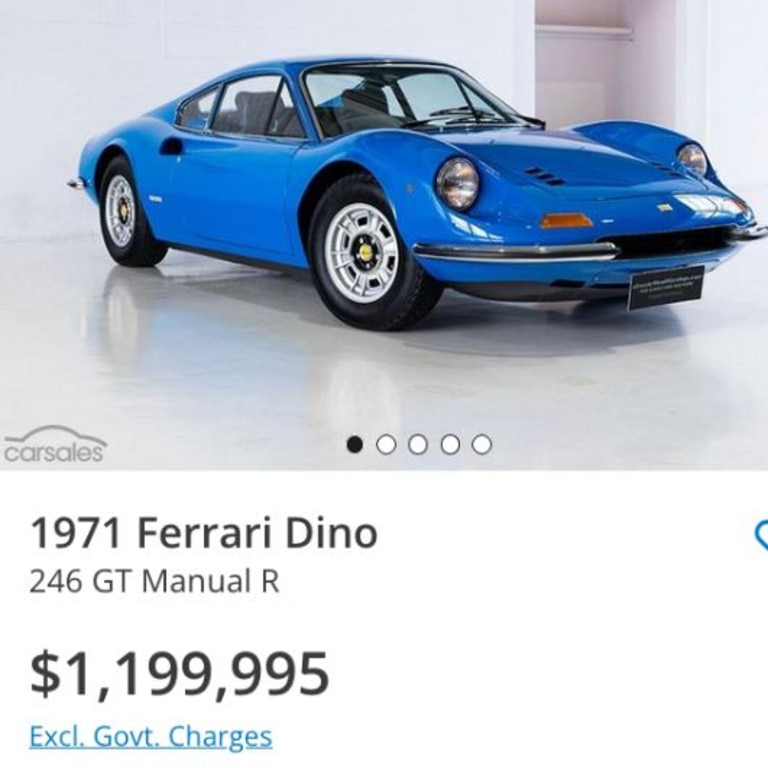
For anyone who is tired of relentless vehicle size inflation (and the terrible effect they have on road space and road safety) the success of Ferrari in the SUV segment stings as much as the newest RAMs on our road. It’s not just the big end of cars getting bigger. It’s the small end too.
We were once a nation of Commodores and Corollas. Now we have Ford Rangers instead of Commodores and RAV4s instead of Corollas. But that’s not all. Toyota is bringing its enormous Toyota Tundra to our shores and RAM is trying to sell not just its gigantic 1500 but also its even bigger 3500.
What will happen next? Can vehicles get even bigger? Or might fuel prices cause the opposite reaction?
In the 1980s, enormous cars were replaced by smaller cars. A Holden Commodore from 1985 is shorter, narrower and less long than a Chrysler Valiant from 1975, for example. That was a reaction to the oil price shocks of the 1970s.
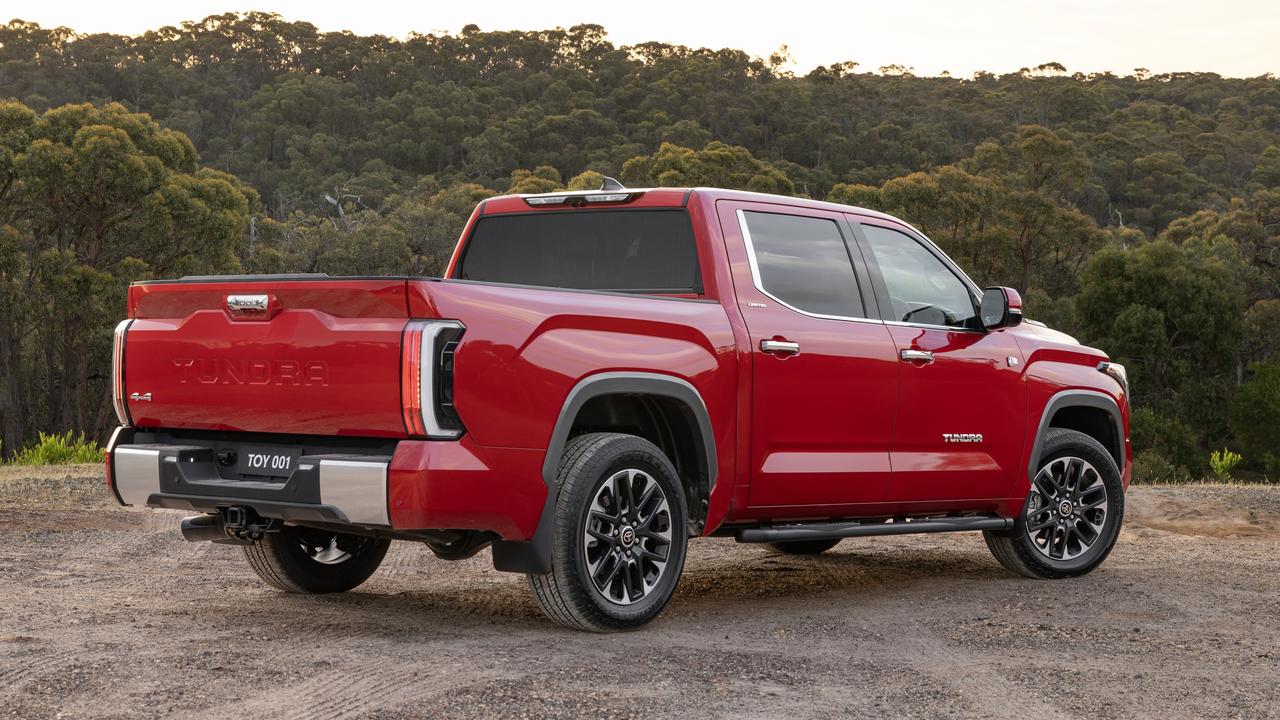
In the last couple of years, we have had oil price surprises too. But instead of shrinking the size of cars, those have driven customers into the arms of electric cars. Electric cars are often not super tall, because of the importance of aerodynamics to maximise battery life.
But they are rarely small light vehicles either. They produce less air pollution from the exhaust, but more from the tyres. And their long stopping distances make them hard to stop to avoid collisions.
Half of all Ferraris are hybrid already (not the Purosangue though, which has spectacularly bad fuel consumption thanks to its massive V12). In 2025, Ferrari will release the Elettrica, its first fully electric car.
How big will it be? A cynical mind will expect the answer to be: very.
Jason Murphy is an economist | @jasemurphy.bsky.social. He is the author of the book Incentivology
Originally published as ‘Turn in his grave’: Ferrari’s shock backflip proves sad Aussie trend is here to stay




